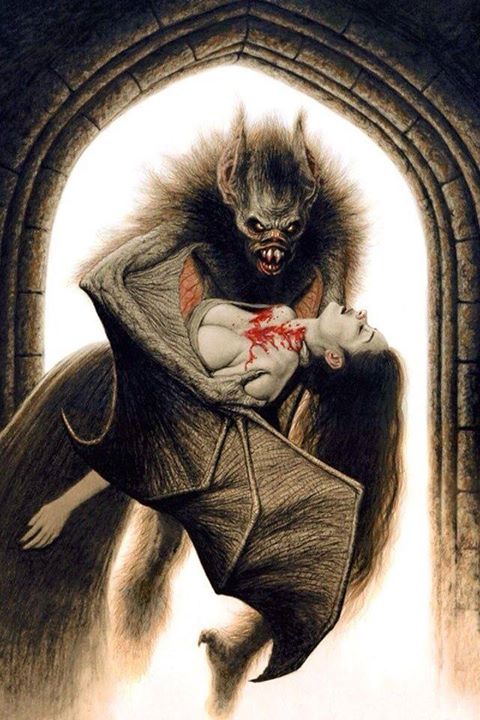F
Overkill_MSA shared a photo from Flipboard
http://flip.it/AdvdR Although many cultures have stories about them, vampire bats have only recently become an integral part of the traditional vampire lore. Indeed, vampire bats were only integrated into vampire folklore when they were discovered on the South American mainland in the 16th century. Although there are no vampire bats in Europe, bats and owls have long been associated with the supernatural and omens, although mainly because of their nocturnal habits, and in modern English heraldic tradition, a bat means "Awareness of the powers of darkness and chaos". The three species of actual vampire bats are all endemic to Latin America, and there is no evidence to suggest that they had any Old World relatives within human memory. It is therefore impossible that the folkloric vampire represents a distorted presentation or memory of the vampire bat. The bats were named after the folkloric vampire rather than vice versa; the Oxford English Dictionary records their folkloric use in English from 1734 and the zoological not until 1774. Although the vampire bat's bite is usually not harmful to a person, the bat has been known to actively feed on humans and large prey such as cattle and often leave the trademark, two-prong bite mark on its victim's skin. The literary Dracula transforms into a bat several times in the novel, and vampire bats themselves are mentioned twice in it. The 1927 stage production of Dracula followed the novel in having Dracula turn into a bat, as did the film, where Béla Lugosi would transform into a bat. The bat transformation scene would again be used by Lon Chaney Jr. in 1943's Son of Dracula.
This image was shared from Flipboard,
a fast, beautiful way to flip through the news, photos and updates your
friends are sharing on Facebook, Twitter, Flickr, Google+ and
Instagram.
Free Download!
App Store Badge
